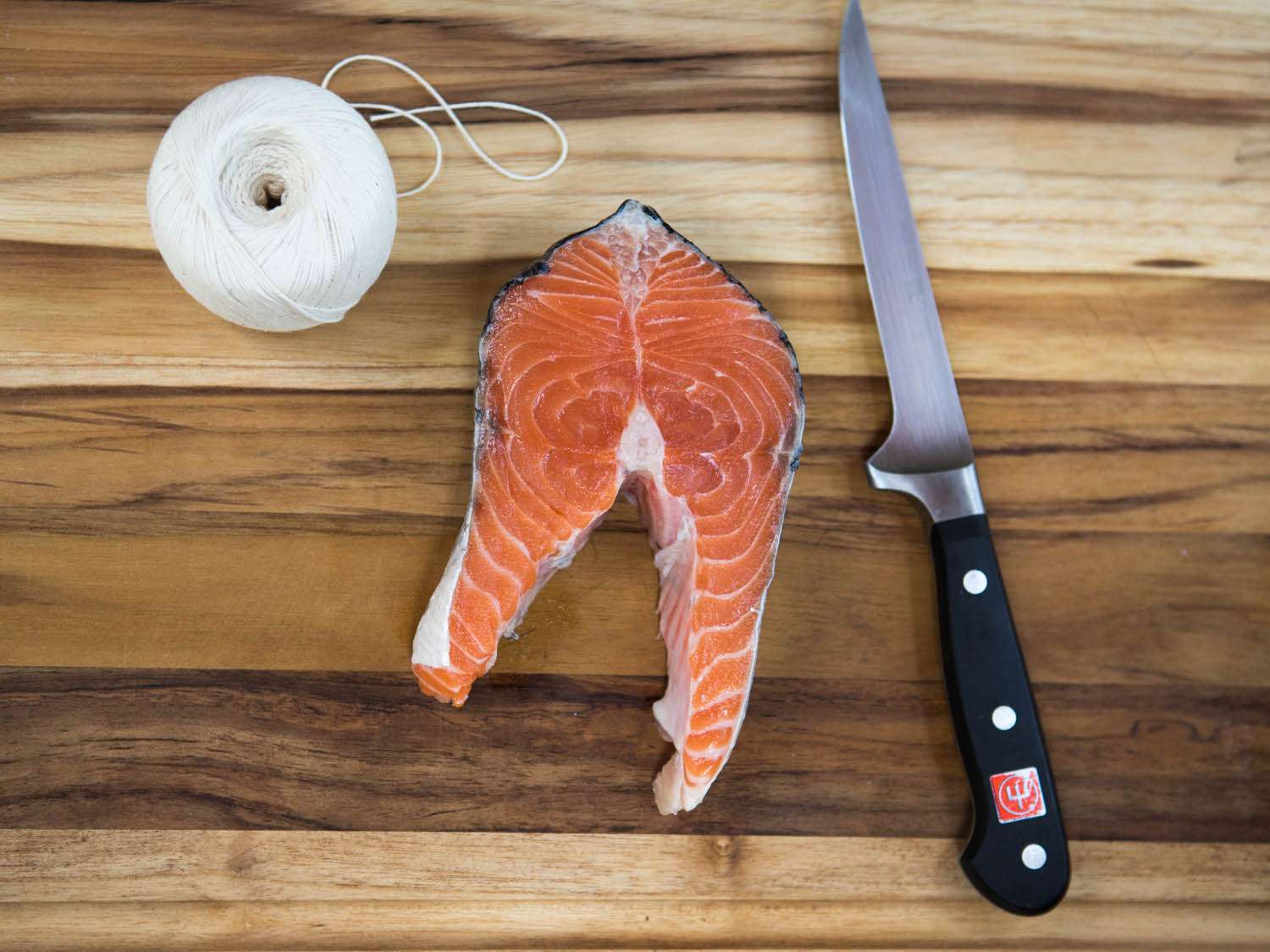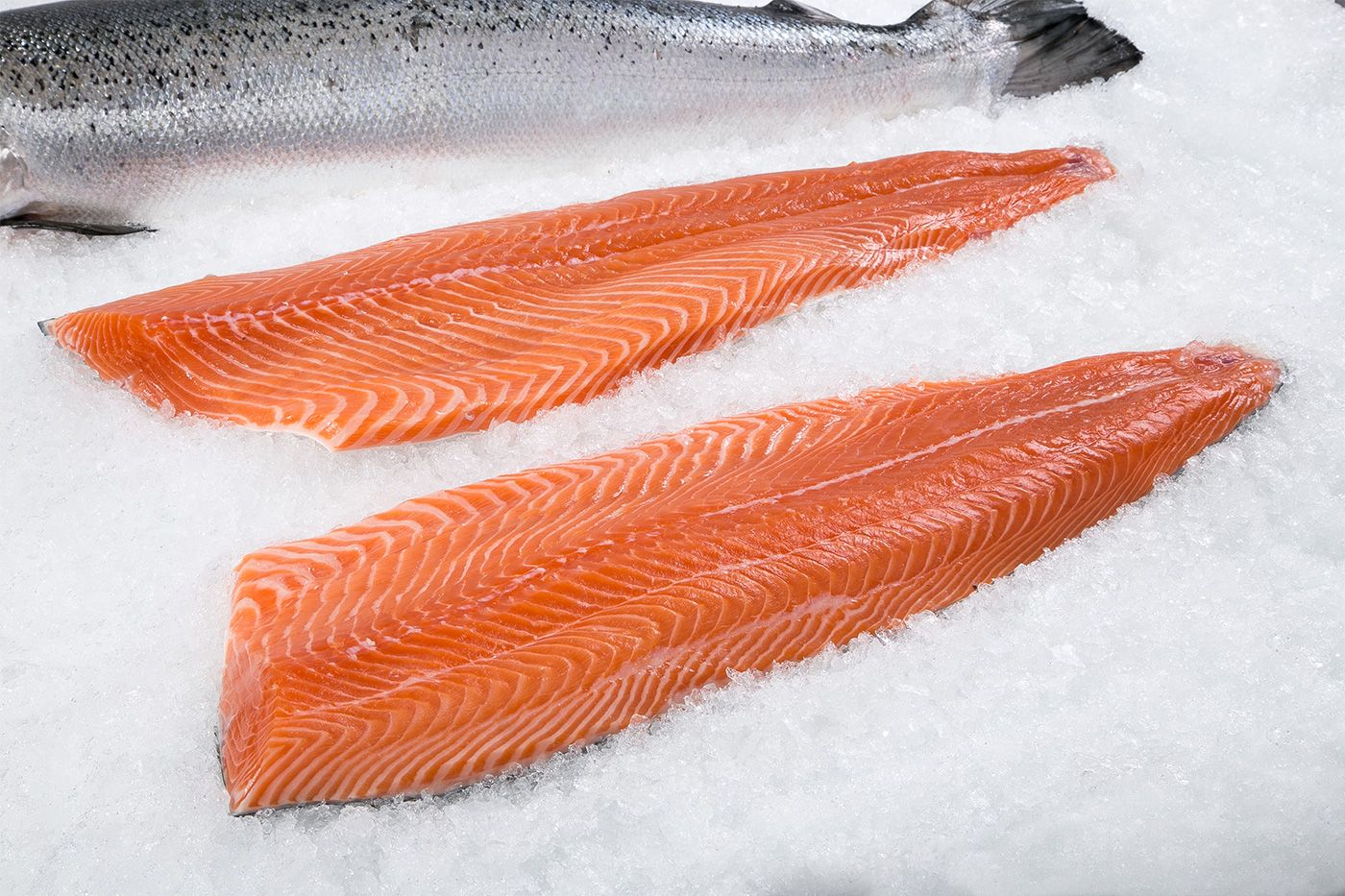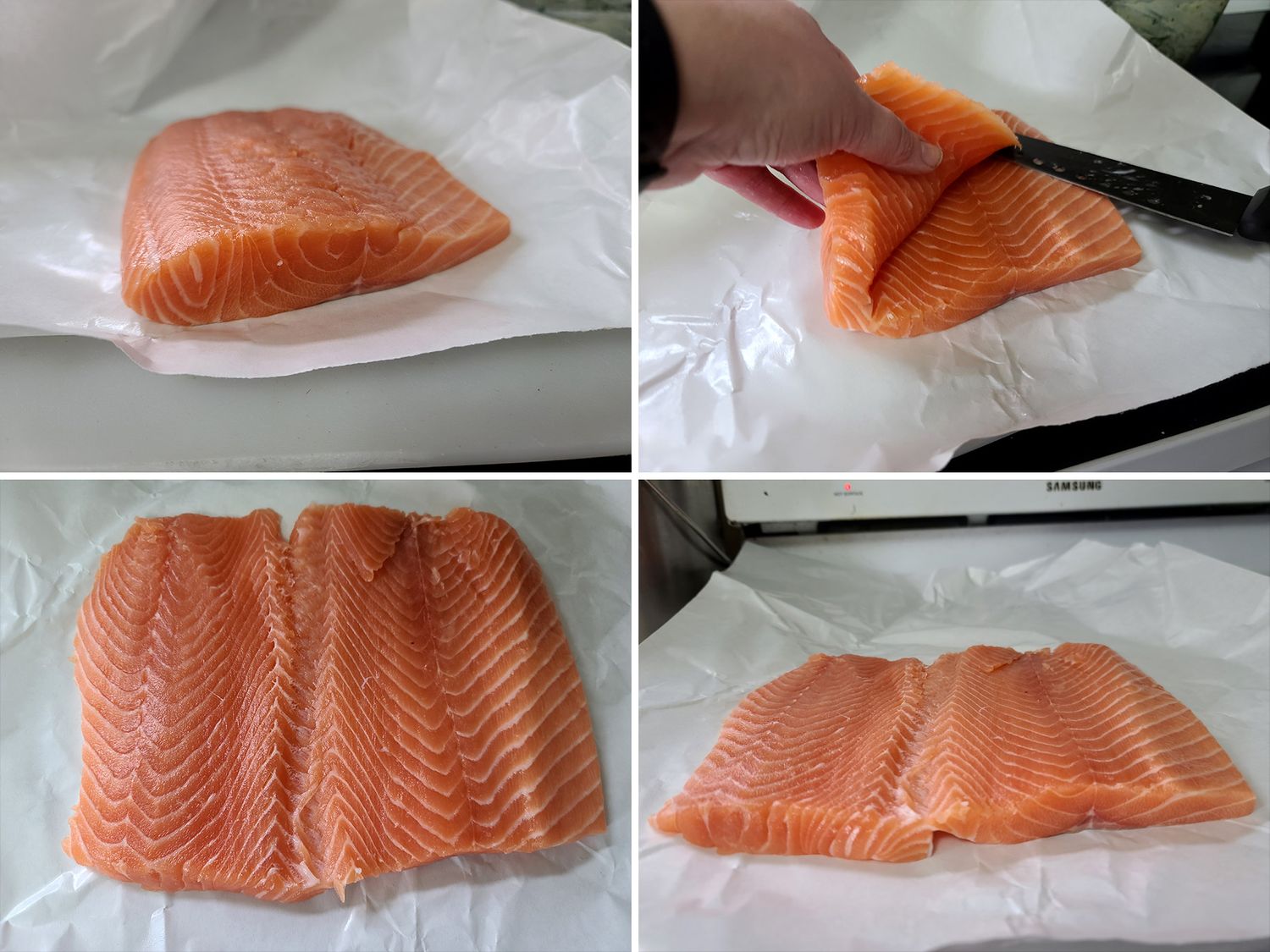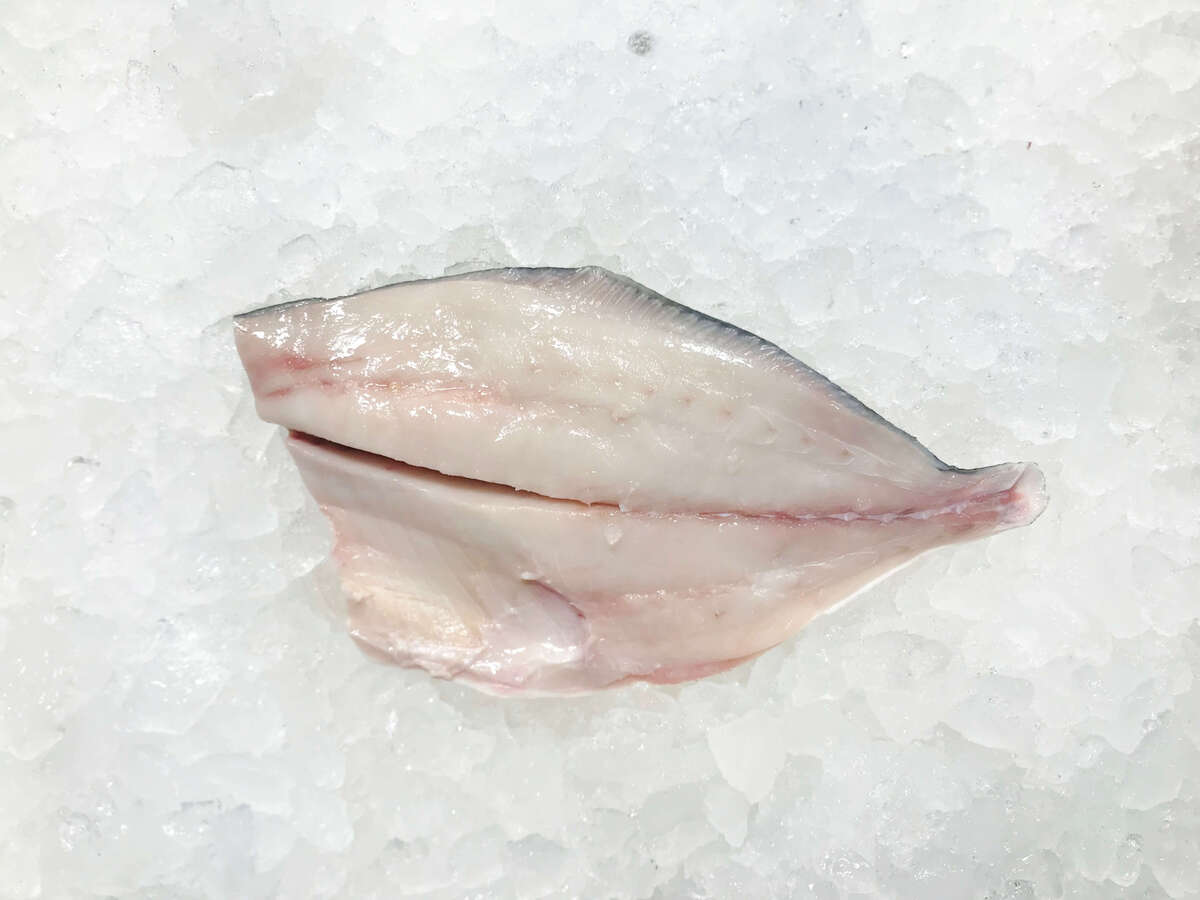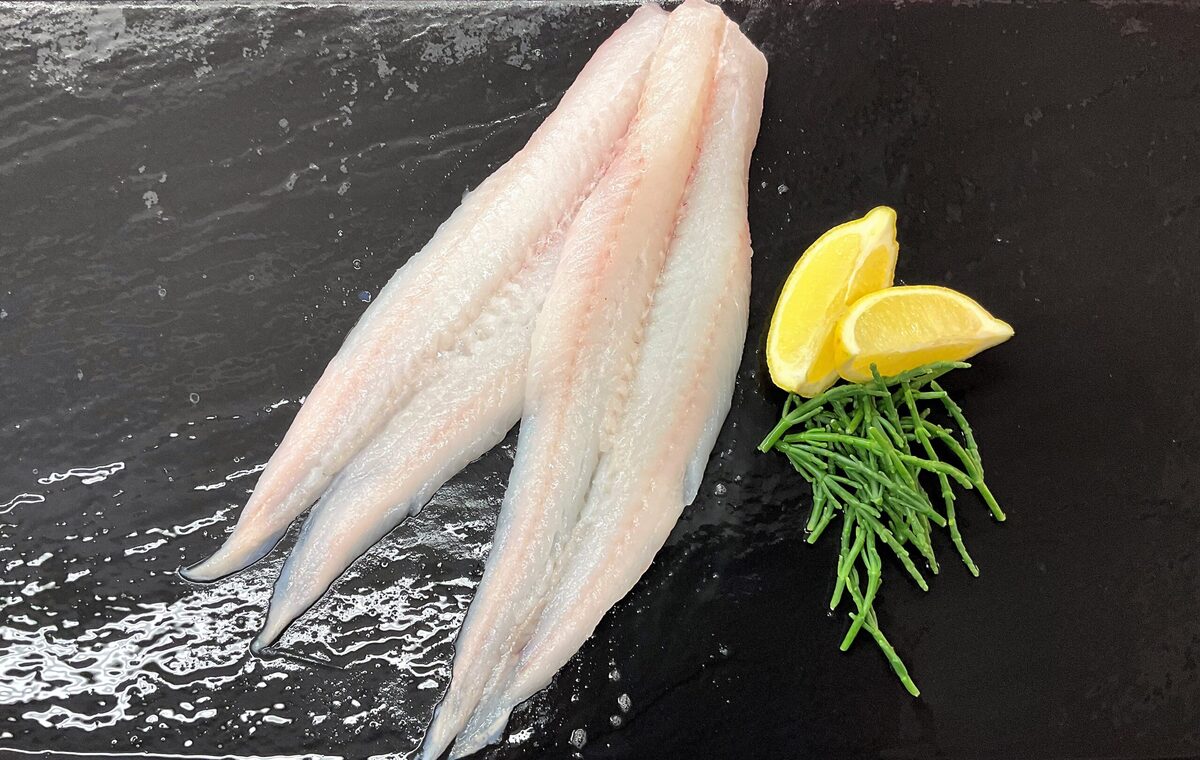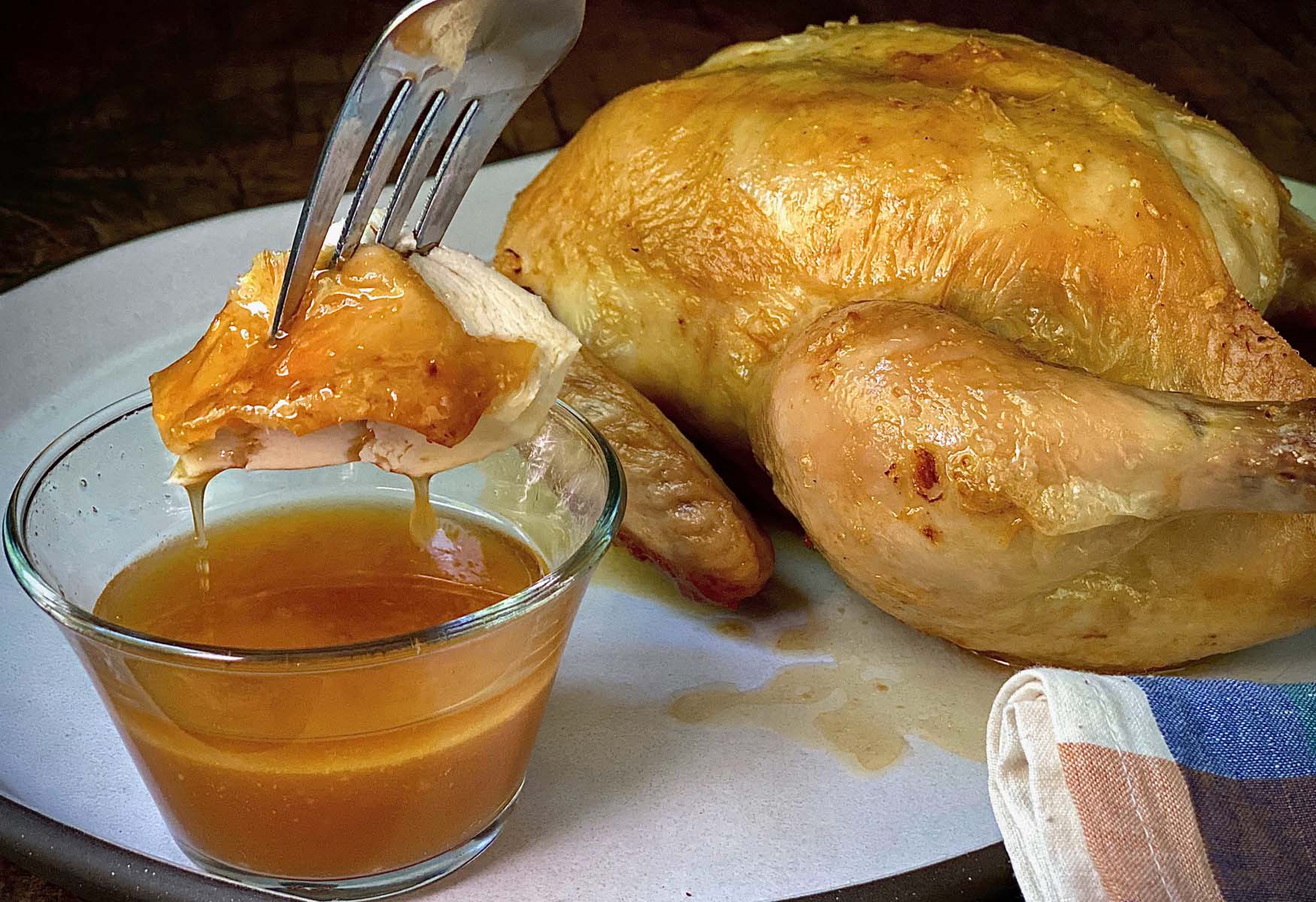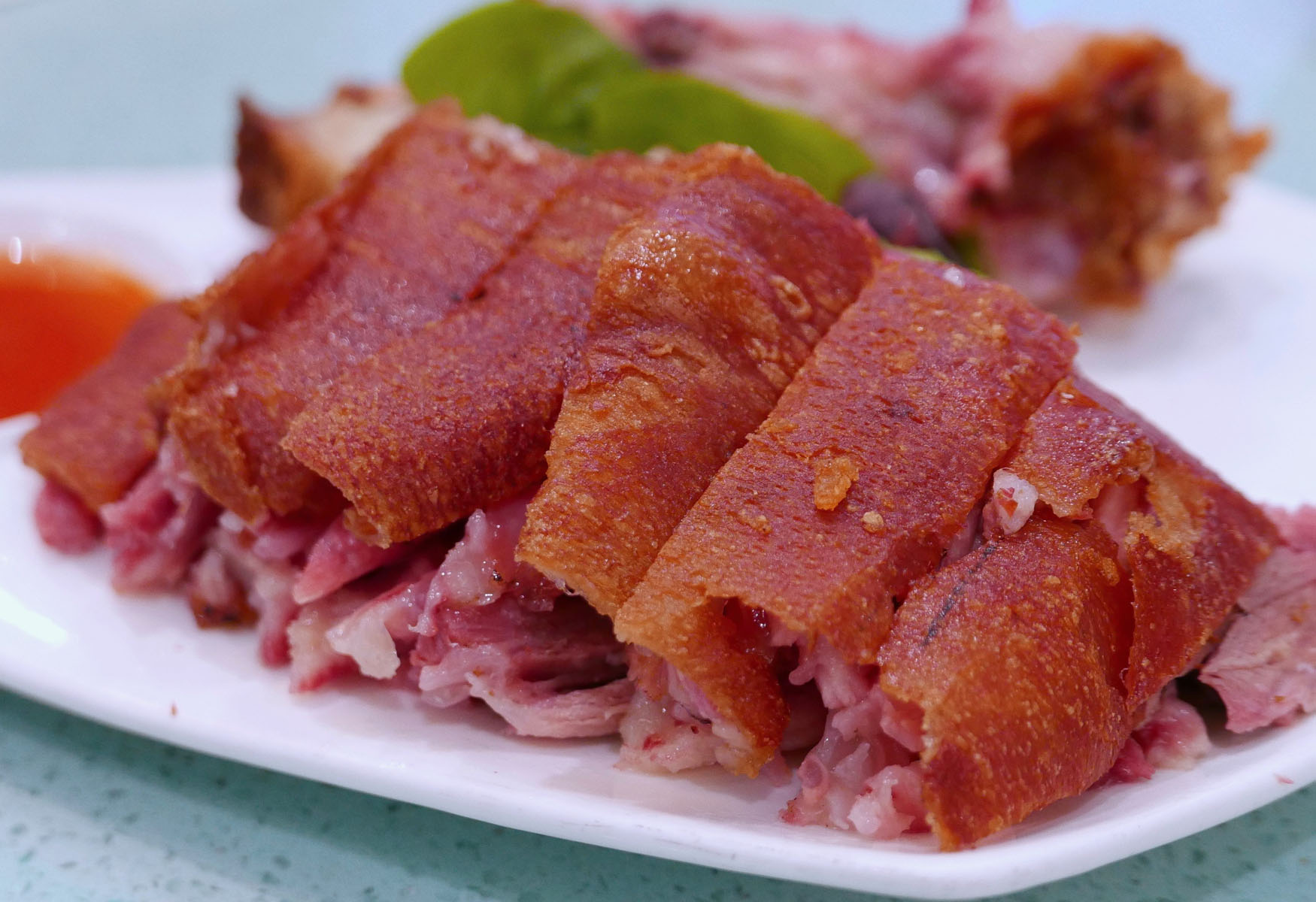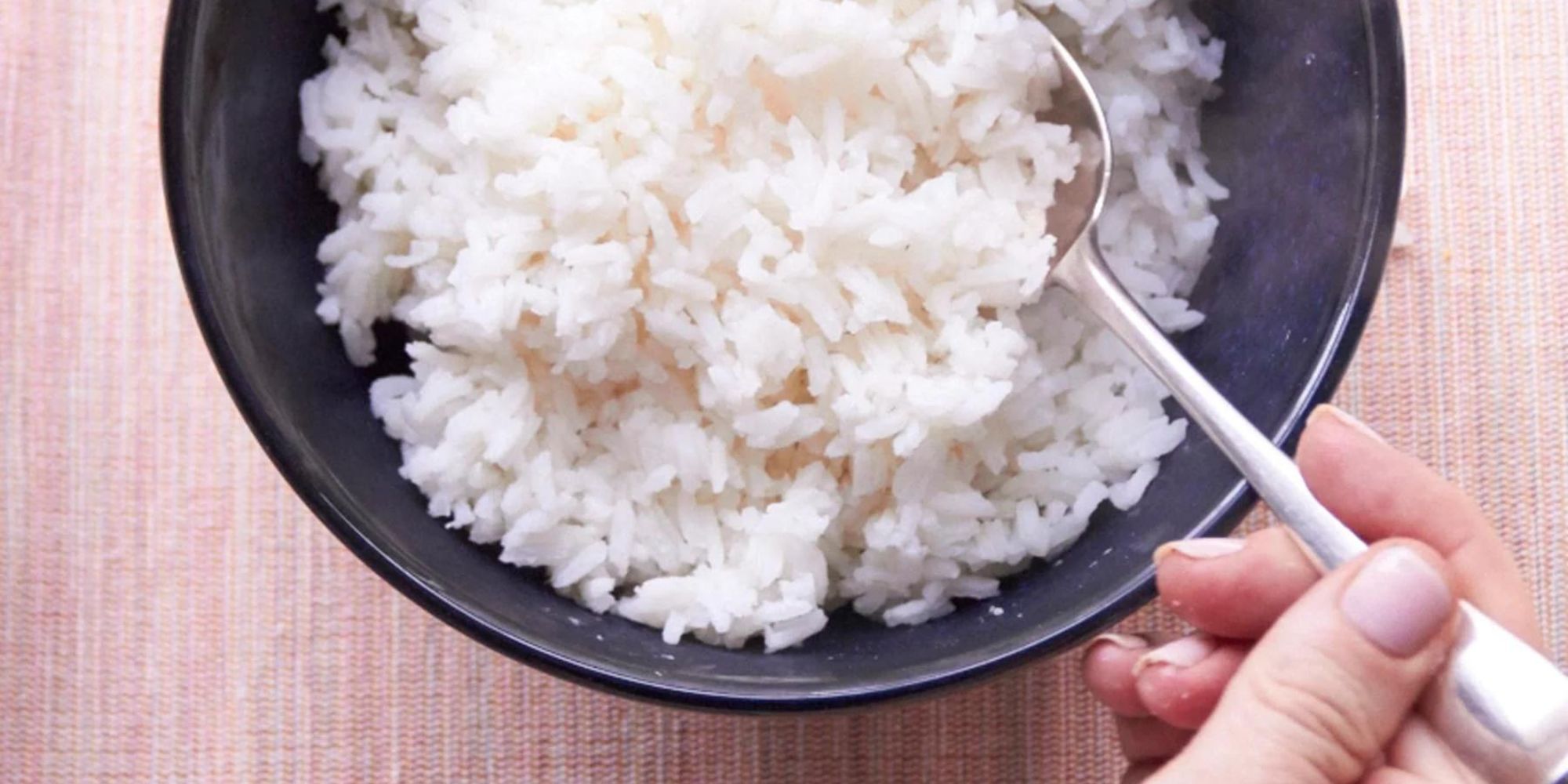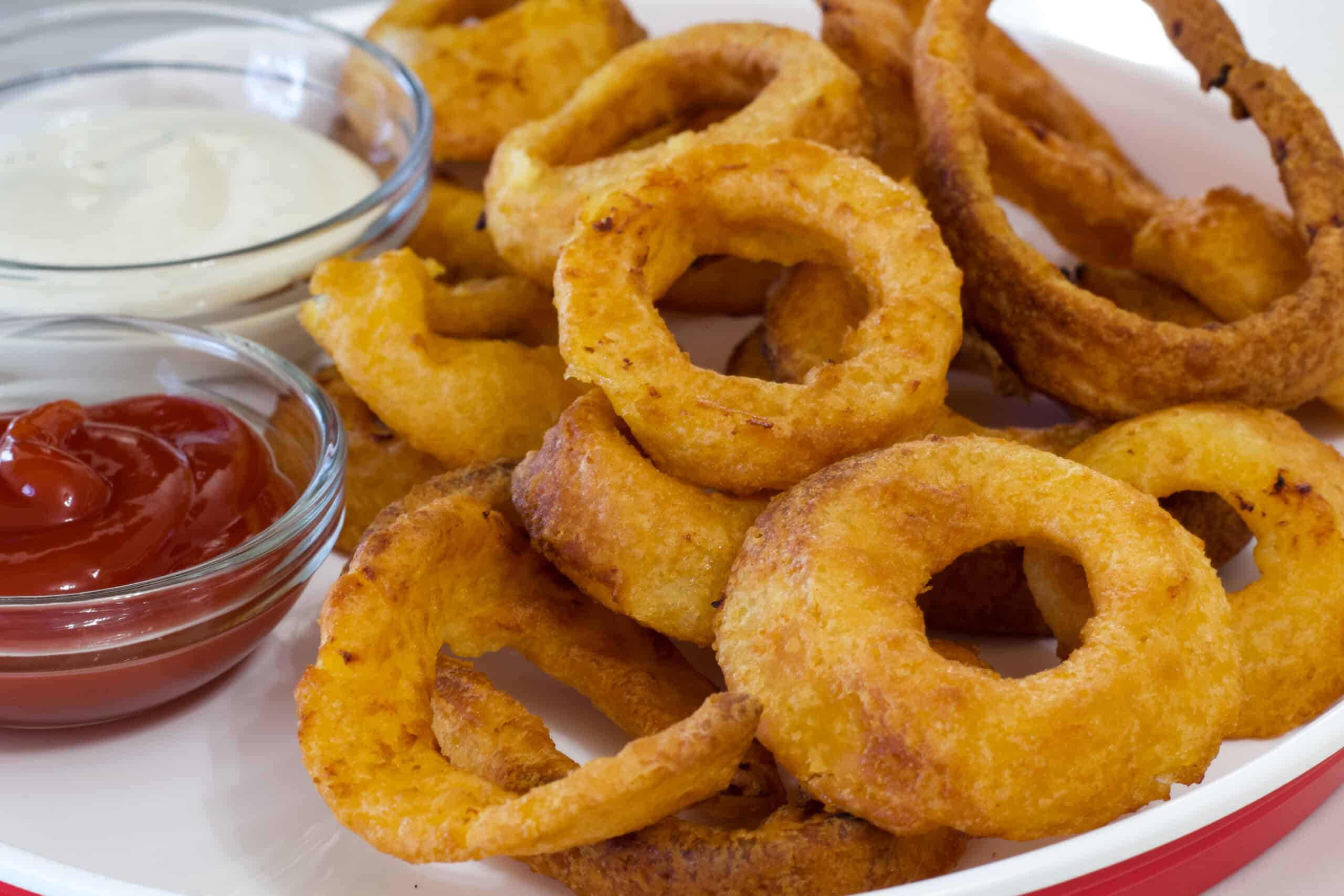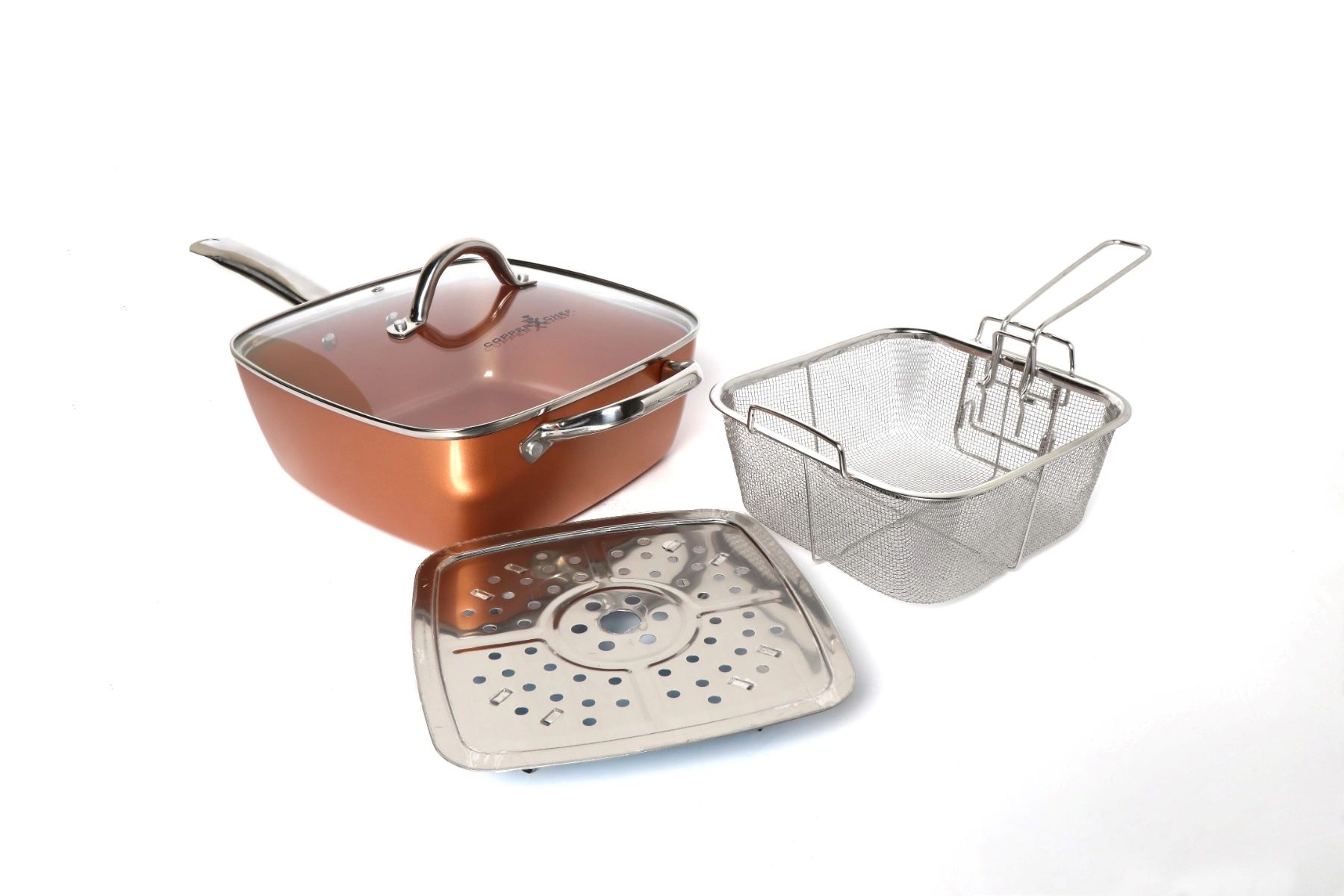Learning How to Fillet Salmon Without Bones
Filleting a salmon can seem like a daunting task, especially when you want to ensure that the fillets are free of bones. However, with the right technique and a bit of practice, you can easily master the art of filleting salmon without encountering any bones. Here’s a step-by-step guide to help you achieve perfectly bone-free salmon fillets every time.
Step 1: Gather Your Tools
Before you begin, make sure you have the necessary tools on hand. You’ll need a sharp fillet knife, a cutting board, and a pair of kitchen tweezers. Having these tools readily available will make the filleting process much smoother.
Step 2: Prepare the Salmon
Place the salmon on the cutting board with the skin side down. Use a paper towel to pat the salmon dry, which will give you a better grip and make it easier to handle.
Step 3: Make the Initial Cuts
Using the fillet knife, make a small incision just behind the gills and pectoral fin. Angle the knife slightly towards the head of the fish and begin to cut along the backbone towards the tail. Use smooth, steady strokes to ensure clean cuts.
Step 4: Remove the Fillet
Once you’ve cut along the entire length of the fish, carefully lift the fillet away from the bones. As you do this, use the tip of the knife to separate the flesh from the rib bones, keeping the knife as close to the bones as possible.
Step 5: Check for Remaining Bones
After removing the first fillet, inspect it for any remaining bones. Use the kitchen tweezers to carefully remove any small pin bones that may be present. Running your fingers along the fillet can help you detect any bones that may have been missed.
Step 6: Repeat the Process
Turn the salmon over and repeat the process on the other side to remove the second fillet. Again, be sure to check for any remaining bones and remove them using the tweezers.
Step 7: Rinse and Pat Dry
Once both fillets are removed and bone-free, give them a quick rinse under cold water to remove any stray scales or bone fragments. Pat the fillets dry with a paper towel before proceeding with your chosen recipe.
Enjoy Your Bone-Free Salmon Fillets
Now that you’ve successfully filleted the salmon without encountering any bones, you’re ready to use the fillets in your favorite recipes. Whether you’re grilling, baking, or pan-searing the salmon, you can enjoy the peace of mind knowing that your fillets are bone-free and ready to be savored.
With practice, filleting salmon without bones will become second nature, allowing you to effortlessly prepare bone-free fillets for your family and friends to enjoy.
With the guide on how to fillet salmon without bones, readers can try out several delicious recipes. They can start with Grilled Lemon Herb Salmon for a refreshing and zesty flavor. For those with a sweet tooth, Baked Honey Garlic Salmon offers a perfect balance of sweetness and savory notes. Salmon Alfredo Pasta is ideal for a rich and creamy dinner option. If they're in the mood for Mexican cuisine, Salmon Tacos with Avocado Salsa provides a delightful twist with fresh and vibrant ingredients. Lastly, Salmon and Asparagus Foil Packets is an excellent choice for an easy, healthy meal packed with nutrients. These recipes not only make use of their newfound filleting skills but also offer a range of flavors and cooking methods to suit any palate.
